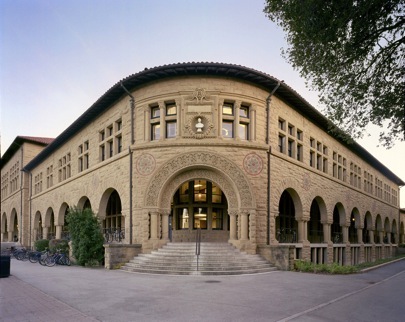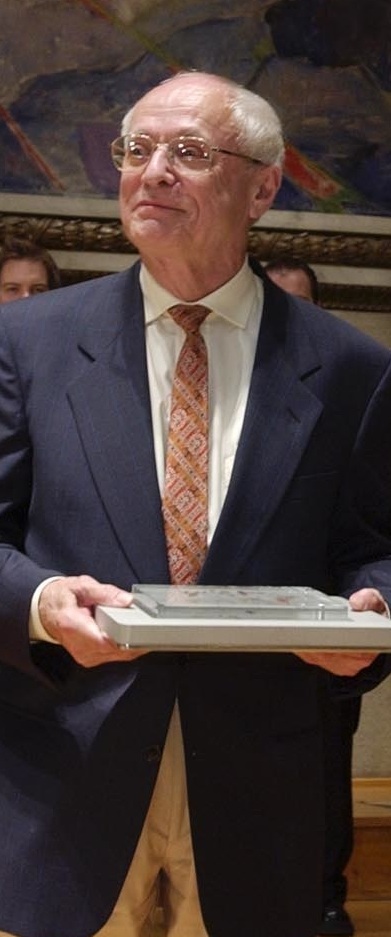As I mentioned at the start of pseudolecture 11, my intent is for this “edition” of AGITTOC to end in two or three weeks. Then I will pause for a month or so, and I might then begin a new edition, starting very roughly where we left off, but with presumably a somewhat different audience.
In this post, I’d like to go over the material we are talking about in these few pseudolectures, to give some sort of written overview, and to suggest problems to do.
Let’s resume our story at the start of part III of the notes, at the start of chapter 6. What do we mean by maps of geometric spaces, now that we have some idea of how we want to think of the geometric spaces by themselves? Certainly we will have to understand maps of points, open sets, and functions, and we will want to understand how our “local models” map. (If you are not seeing this for the first time, you may enjoy trying to do this simultaneously in several categories — varieties over an algebraically closed field; schemes; and complex analytic spaces — to really see what is essential about the constructions, and what is specific.
We are quickly led to the notion of a morphism of ringed spaces. If we are careful, we are led to the notion of a morphism of locally ringed spaces. More specifically, at the very start of our journey, we were expecting that the locus where functions vanish should be a closed subset (this came out in questions and comments on zulip and in the first couple of pseudolectures). This drove our definition of the Zariski topology, and furthermore made us realize that the stalks of our spaces were local rings (thus handing us the definition of locally ringed spaces). With locally ringed spaces, we had the notion of the value of a function at a point as well.
So all of this helps motivate how a map of locally ringed space should be correctly defined — it is a map of ringed spaces such that “the pullback of the locus where a function vanishes should be the locus where the pullback of the function vanishes” (and hence for “doesn’t vanish” as well).
So, to make friends with this, try Problem 6.2.A (morphisms of ringed spaces glue) and 6.3.A (morphisms of locally ringed spaces glue).
If you are quite new to this, try 6.2.B and 6.2.C, which might be more tractable, and are also important.
Everyone should do 6.2.D — it provides the local model of or morphism.
Question everyone has: why do we need locally ringed spaces? What’s an example of a morphism of ringed spaces that is not a morphism of locally ringed spaces? What’s a morphism  as ringed spaces that doesn’t correspond to a map
as ringed spaces that doesn’t correspond to a map  as rings? For this, you should do Exercise 6.2.E. We won’t really need it, but it is good to see.
as rings? For this, you should do Exercise 6.2.E. We won’t really need it, but it is good to see.
Important exercise 6.3.C will show you how thinking in terms of morphisms of locally ringed spaces forces Spec’s to map the way you want them too.
Exercise 6.3.E is enlightening if you want to see how things you might already understand (about how to think about projective space) translates into our new language.
Exericse 6.3.F — that maps to an affine scheme are the same as ring maps in the opposite direction — is crucial, and a must-do — it has already been used multiple times by the time I write this.
Exercises 6.3.J and 6.3.K came up in the question period in the eleventh pseudolecture — maps from an affine scheme that is “local” are very understandable.
Section 6.4 is about projective geometry. It is worth reading, and the one exercise to do here above all else is 6.4.A, which tells you the extent to which maps of graded rings give you maps of projective schemes. The point of the exercise is to learn why the statement is not surprising.
Section 6.5 is about rational maps, which are really “mostly-defined morphisms”. First and foremost, you should understand (precisely and intuitively) what a rational map is, and why the notion makes sense. Ignore the proof of 6.5.5, which is botched. (I’ve revised it, but not yet made the updated version public.) To get a feel for why rational maps are a useful notion, I would recommend 6.5.D (which connects it to field theory), and the many examples starting with pythagorean triples in 6.5.8. You may find it interesting that diophantine questions end up oddly paralleling questions over “function fields”.
We did not discuss representable functors and group schemes (section 6.6), but if you wish, you should read it. It requires more mathematical maturity, but you know everything you need to know to read it. Similarly, section 6.7 explains how to define a very useful classical object (the Grassmannian) which generalizes projective space. It becomes cleaner and easier later with more perspective.
That’s all the time I have right now, so I will just post this. In the next couple of days, I hope to write more about things we’ve covered, notably, the affine communication lemma, various properties of morphisms, and fibered products.
I’m also intending to spend time on zulip, and in particular answer questions and discuss things. Perhaps it would be helpful to set up a zulip channel that would be “office hours” for the week, and have a chunk of time where I could answer questions?



